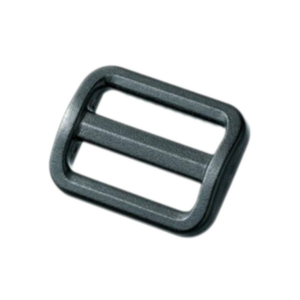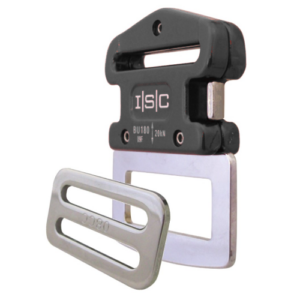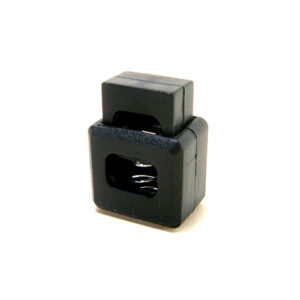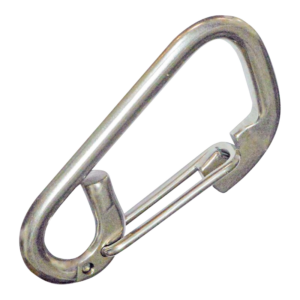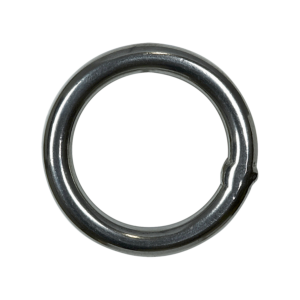Fall-Arrest System for Working at Height
A fall-arrest system requires a fall-arrest harness, incorporating a high-level attachment point, which can be either in a frontal position at the chest, or in a “dorsal” position between the shoulder blades. The harness must be the correct size and be adjusted securely. The harness instructions must be followed carefully to ensure the correct use of the harness. To comply with the New Zealand standard, AS/NZS 1891.1:1995, the attachment point must be labelled as a fall-arrest attachment point. The harness may have other attachment points also.
Fall-arrest systems are designed to limit the impact of a fall to no more than 6 kN force. This is the force generated by a 100 kg person accelerating or decelerating at 6 times the force of gravity, or 6G. As falls of only 600 mm can generate forces in excess of 12 kN, it is essential that a personal energy absorber is used in a fall-arrest system. This is a one-use device that tears out in the event of an impact, and absorbs energy to limit the peak impact load to a maximum of 6 kN.
The personal energy absorber is usually built in to a lanyard, and the combination of the personal energy absorber and lanyard is called a lanyard assembly, and is typically two metres long overall. In the simplest case a fall-arrest system comprises just a fall-arrest harness and a lanyard assembly, connected to a suitable anchorage with a strength of 15 kN. However, where more mobility is required, the system complexity increases. In vertical work, such as on ladders and towers, vertical ropes called drop lines may be fitted to the structure. See section 9. Alternatively, retracting life-lines (fall-arrest blocks) with webbing or wire cable may be used.
When horizontal movement is required, anchor ropes may be required to connect to remote anchorages, or horizontal life-lines may be installed.













